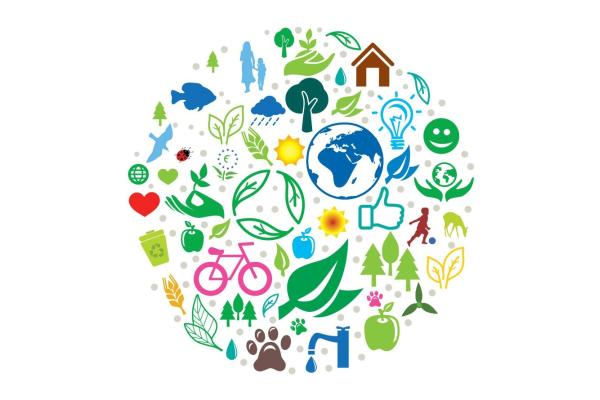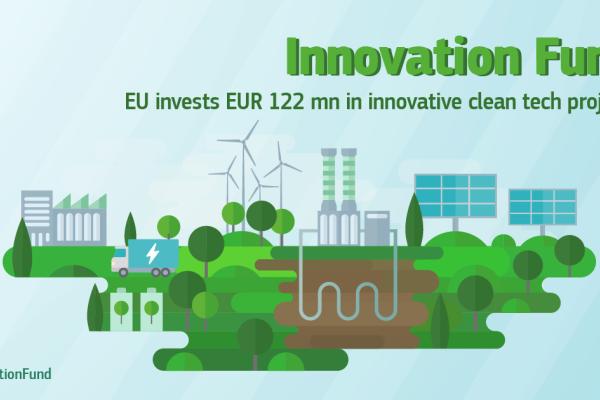Overview
Gross Domestic Product (GDP) measures the monetary value of a country's economy. The Beyond GDP Initiative aims to develop a more comprehensive approach to measuring prosperity and well-being. Adequate indicators are needed to address global challenges such as climate change, poverty, resource depletion, health and quality of life.
Objectives
- Develop indicators that complement GDP and reflect a broader notion of progress
- Ensure that these indicators are integrated into decision-making processes.
- Raise awareness among policymakers and the public about the importance of considering alternative measures of well-being and sustainable development.
The Beyond GDP Initiative aims to ensure that the development and use of new indicators are integrated into decision-making processes at the national and EU levels. The initiative seeks to inform and raise public awareness by publicising research, reports, conferences and other fora for discussion on the topic.
Policy
In 2009 the Commission issued the Communication "GDP and beyond Measuring progress in a changing world"
The European Parliament Committee on the Environment, Public Health and Food Safety issued a report in 2011 “GDP and beyond: Measuring progress in a changing world"
In August 2013, the European Commission published the Staff Working Document “Progress on GDP and beyond”
- Online archive of the "Beyond GDP" initiative
Indicators
Several environmental and social aspects of well-being are not accounted for by GDP:
- Environmental Indicators: cast light over the state and development of issues such as natural resources, environmental pollution and waste, as well as related issues such as human health
- Enlarged GDP indicators start from GDP (or other figures from the System of National Accounts) but adjust for some of its shortcomings to deliver a more comprehensive overview of a country’s wealth or well-being.
- Social indicators give insights into a broad range of social issues, concerns and trends such as life expectancy, poverty rates, unemployment rates, disposable income, and education levels, etc. They are also used to give insights into broader notions of social progress.
- Well-being indicators are used to broadly illustrate people’s general satisfaction with life, or give a more nuanced picture of quality of life in relation to their jobs, family life, health conditions, and standards of living.






